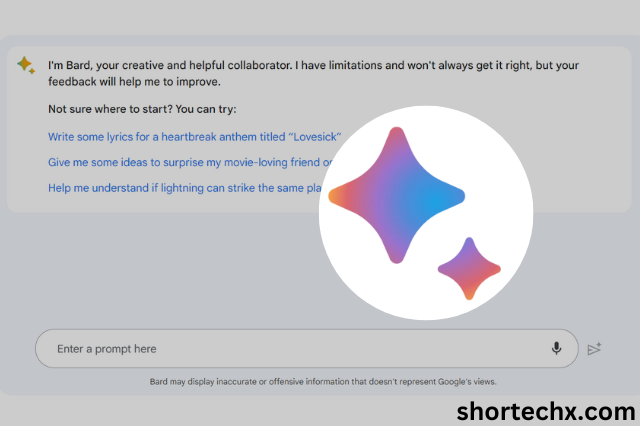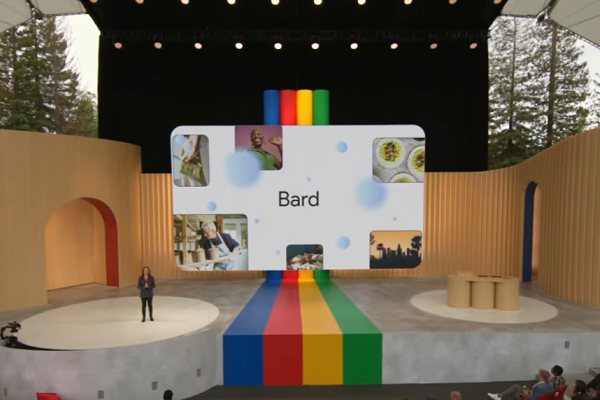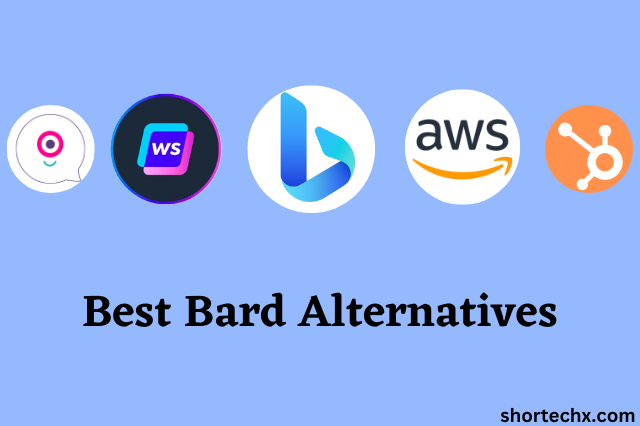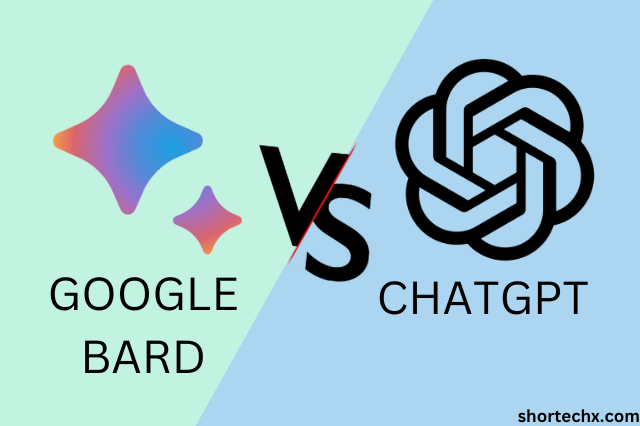Google’s AI powered Bard chatbot is finally available to the public following a successful two-month testing phase. With the waitlist removed, access to Bard has been opened to users in 180 English-speaking countries and territories around the world. Google added Japanese and Korean chat abilities and promises to add 40 more languages to the mix as a part of a 40-language expansion plan. In this blog post, we’ll talk about everything you need to know about Google ‘s Bard and how is it compared to ChatGPT.
Table of Contents
What is Google Bard?
Google’s BARD chatbot, short for “Bidirectional Encoder Representations from Transformers,” is a language model designed by Google that functions akin to ChatGPT, with the primary distinction being its ability to access information from the internet.
Both BARD and ChatGPT use a technique called the transformer model, which is a type of neural network architecture that allows the model to process sequences of data, such as words or sentences, and understand the relationships between them. This allows the models to generate responses that are more coherent and contextually relevant than previous language models.
Also Read: Google CEO Introducing BARD
How does Google Bard work?
Google Bard is an AI chat service that utilizes Google’s most advanced large language model, PaLM 2, to deliver natural-sounding responses based on the context of the conversation. The Bard chatbot is designed to perform various tasks, such as creating content, summarizing texts, and translating languages. Unlike other language models, Bard extracts data from the web to provide answers.

The initial version of Bard used a lightweight model version of LaMDA, because it requires less computing power and could be scaled to more users. LaMDA was built on Transformer, a powerful neural network architecture that Google invented and open-sourced in 2017. Interestingly, ChatGPT, the language model that ChatGPT is based on, is also built on Transformer.
The interface is minimalist and user-friendly, making it easy to navigate. Bard also has a unique feature where it can respond to follow-up questions, ensuring a seamless conversation flow. Users can provide feedback by using thumbs-up or thumbs-down buttons, helping Bard learn and improve over time.
When was Google Bard released?
In November 2022, OpenAI unveiled ChatGPT, a chatbot powered by the highly acclaimed GPT-3 large language model (LLM). ChatGPT quickly caught the world’s attention, going viral and garnering significant online buzz. Alarmed by ChatGPT’s potential threat to Google Search, Google executives issued a “code red” alert, reallocating several teams to bolster the company’s AI initiatives.
Alphabet CEO Sunday Pichai made a major announcement on February 6, 2023, revealing that the parent company of Google’s AI chat service would launch Bard chatbot to select testers, with plans to make it publicly available soon. Despite concerns that Google’s AI chatbot was not yet ready for release, the success of ChatGPT and positive media attention apparently pressured Alphabet to launch Bard sooner than anticipated. As a result, Google opened access to Bard on March 21, 2023, but only to users in the US and the UK who were placed on a waitlist.
However, the early release of Bard chatbot resulted in a significant loss of market share value for Alphabet, estimated at $100 billion. During a live demo, the AI chatbot made a crucial error when attempting to answer a user’s question, exposing limitations in its capabilities and damaging Bard’s reputation.

Google made a significant announcement at its highly anticipated I/O conference on May 10, 2023, revealing plans to remove most waitlist restrictions for its generative AI chatbot, Bard, and make it available to a wider audience, starting with English. The goal is to continue refining and improving Bard’s capabilities by leveraging a larger user base.
Also Read: 100 things we announced at I/O 2023
Google Bard VS ChatGPT
Google BART and ChatGPT are two powerful natural language processing models that are widely used in the field. Although both models can generate human-like text, they still differ in a lot of aspects, such as their architecture, training data, and performance on specific tasks. Let us take a look at the differences and similarities between Google’s Bard chatbot and OpenAI’s ChatGPT.
Bard’s use of LaMDA
BARD’s use of a lighter version of LaMDA allows it to handle a larger number of concurrent users while operating with less computing power, giving it an advantage over ChatGPT. ChatGPT has been known to struggle with efficiency during times of high demand, which can impact its performance and response time. Thus, for applications that require the ability to handle a large number of concurrent users, BART chatbot may be the better choice.
Bard has access to the Internet
Google’s Bard chatbot comes with Internet access giving it an edge over its OpenAI counterpart. ChatGPT, by default, does not come with access to the internet. To use the internet, one might need to have access to the web-browsing feature.
Images as response
While ChatGPT is efficient at generating highly comprehensive text responses, it falls short when it comes to delivering images in response. However, Google’s Bard is capable of providing images in its text response. Although Google showed this capability during the demo at the I/O event, it has yet appear in response to prompts. Perhaps, the feature is being rolled out gradually.
Images as prompt
One of the standout features of Bard is its ability to use images as prompts, which is a significant advancement in the field of AI chatbots. Users can take pictures of objects they need help with, and ask Bard what to do. Bard’s integration with Google Lens allows for even greater functionality.
Voice as prompt
Unlike ChatGPT, Google’s Bard offers users the ability to use voice prompts, which is a significant step forward in the field of AI chatbots. Using voice prompts is a convenient way to get responses while multitasking, and Bard is one of the first chatbots to incorporate this feature
Also Read: What’s ahead for Bard
Google Bard Alternatives

While Google’s Bard is a cutting-edge AI chatbot that offers users advanced features such as image and voice prompts, there are several other alternatives to consider. Let’s take a look at some of the other alternatives to Google Bard and compare their functionality and effectiveness.
Microsoft Bing
In collaboration with OpenAI, Microsoft has developed an AI-powered search engine that utilizes the GPT-3.5 language model. The new Bing search engine will incorporate a chatbot assistant capable of providing natural language responses, similar to Google’s Bard. Although Bing is currently in beta, once fully released, it will offer users access to standard Bing search results as well as answers generated by ChatGPT.
ChatSonic
ChatSonic is a conversational AI chatbot that improves upon the limitations of ChatGPT. It is powered by Google Search and trained to chat with you about current events and other topics in real time. ChatSonic can also create stunning digital AI artworks for your social media posts or digital campaigns.
YouChat
YouChat is a chatbot that is designed to be your personal assistant. It can help you with tasks such as scheduling appointments, setting reminders, and making to-do lists. YouChat can also answer your questions, provide information, and help you with other tasks.
BERT
BERT is a natural language processing model developed by Google AI. It is trained on a massive dataset of text and code, and can be used for a variety of tasks such as text classification, sentiment analysis, and question answering.
Amazon Bedrock
Amazon Bedrock is a natural language processing platform developed by Amazon Web Services. It can be used to develop chatbots, virtual assistants, and other applications that interact with users in natural language.
We hope this post was helpful and provided useful insights about Google’s Bard chatbot.
Please do let us know you liked it and share your thoughts in the comments below.
Thank You!
